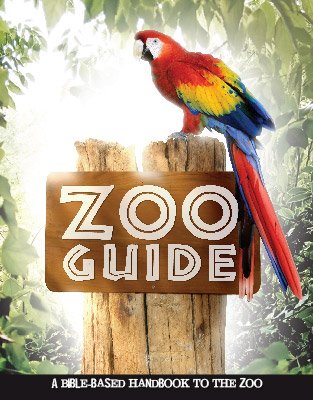After killing its prey, the leopard may drag the carcass up a tree to keep it from being eaten by other predators.
Design

After killing its prey, the leopard may drag the carcass up a tree to keep it from being eaten by other predators. It is possible that the information for this behavior was given to it by its Creator, but did not become part of its lifestyle until after the Fall. The fur on leopards living in colder regions is thicker than the fur of those living in tropical regions.
Features
- The leopard’s coat has a background color of pale cream on its underside that darkens slightly to an orange-brown on its back. Solid black spots adorn the limbs and head, while larger rosettes cover its back and sides.
- A leopard has broad feet and small ears.
- This species can also be completely black.
Fun Facts
- The leopard is very hard to spot in the wild. Sometimes it can sneak up directly next to its prey without being noticed.
- All leopard populations are threatened or endangered.
Created Kind Members
Cheetah, jaguar, bobcat, lion, tiger, cougar, housecat
CLASS: Mammalia (mammal)
ORDER: Carnivora (meat-eating)
FAMILY: Felidae (cat kind)
GENUS/SPECIES: Panthera pardus
Size: 5–8 ft (1–1.5 m) long; Between 1–2 ft (0.3–.06 m) tall
Weight: 200 lbs (91 kg)
Original Diet: Plants
Present Diet: Birds, rabbits, rodents, monkeys, fish, reptiles, antelope, and jackals
Habitat: Deserts, forests, and savannas of Africa and Asia
Zoo Guide
Make your next visit to the zoo more than just fun—make it factual and fascinating too! You could even start a personal “creation zoo tours” ministry. Featuring more than 100 animals, our long-awaited Zoo Guide includes beautiful pictures and explores the amazing facts and design features that point to our awesome Creator. Excellent gift for any one who loves animals!
Browse Kids Book- © 2024 Answers in Genesis
- Privacy Policy
- Contact
- About

